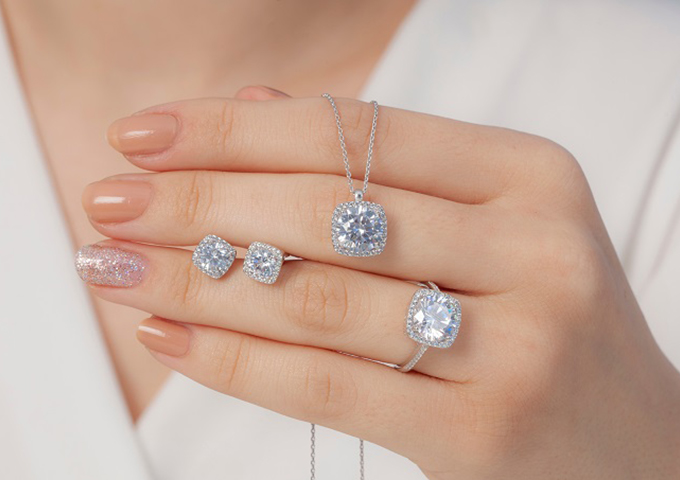Online sales, the rise of branded jewellery as well as sustainability-led demand are seen to propel the international jewellery industry to new heights by 2025, American business consulting firm McKinsey & Co said in a new report.
State of Fashion: Watches and Jewellery, published on June 14, identified seismic shifts that will influence growth in the fine jewellery and watches sectors through 2025 after uncertainties brought about by the Covid-19 pandemic.
“The next five years also offer significant opportunities for players to rewrite the rule book across products, distribution models and engagement strategies. Those that anticipate or at least embrace the changes in the marketplace can participate in setting a new gold standard,” noted McKinsey.
According to the report, the fine jewellery industry is expected to grow globally by 3 to 4 per cent per year between now and 2025, with increased demand from younger consumers as well as domestic markets amid ongoing travel restrictions, and the growing number of domestic duty-free zones in China.
McKinsey also pointed out three seismic shifts shaping the fine jewellery industry:
• Online magic. Jewellers face the challenge of replicating bespoke services, a quiet environment and experts’ reassuring presence – elements associated with fine jewellery sales – in an online setting. This has effectively slowed the category’s digital growth, according to McKinsey. That is now changing, with online set to account for 18 to 21 per cent of the market by 2025. Brands and retailers, therefore, are tasked to create compelling propositions that connect the human – the emotion, customer service and sense of magic – with the digital screen.
• Buying into brands. Fine jewellery is often linked to a Tiffany blue box or a Cartier red box, or at times to De Beers' historic “A Diamond Is Forever” marketing campaign. Despite the prominence of these icons, branded jewellery is a small minority of the market, making up only 20 per cent of revenues. Looking ahead, branded jewellery will gain 25 to 30 per cent of the market in 2025, with potential revenues of US$80 billion to US$100 billion.
• Sustainability surge. Fine jewellery purchases swayed by sustainability factors could rise dramatically. By 2025, an estimated 20 to 30 per cent of global jewellery sales will be influenced by sustainably minded consumers. Traditionally seen as a risk-mitigation topic, leaders must now also embrace sustainability to win the trust of younger consumers and carve out a leadership position in a previously slow-to-act industry.
“Looking forward, we expect the global fine jewellery market to be more branded, more digital and more sustainability-focused than ever before,” explained McKinsey.
Branded fine jewellery is poised for further growth, with an expected compound annual growth rate of 8 to 12 per cent from 2019 to 2025. This means that branded fine jewellery is seen to expand approximately three times faster than the total market.
Global online fine jewellery sales meanwhile are expected to climb from 13 per cent to 18 to 21 per cent of the total global market by 2025. “The move towards online, however, must be carefully considered by jewellers to not discount the importance of humanising digital experiences. Consumers will expect the same level of customer service and attention to detail online as they do in stores, and with about 80 per cent of fine jewellery purchases still made in stores in 2025, seamless connectivity between channels will be paramount,” remarked McKinsey.
On the sustainability front, McKinsey said purchases inspired by sustainability practices will triple in the years ahead, presenting an opportunity for the industry to make real, tangible strides towards important environment and social issues by establishing more traceability and transparency in their supply chains.
China is also a solid source of growth. Accounting for 45 per cent of global fine jewellery sales, business in Asia is set to expand even further, with China leading the way. Branded fine jewellery sales in Asia could soar 10 to 14 per cent annually, revealed McKinsey.










